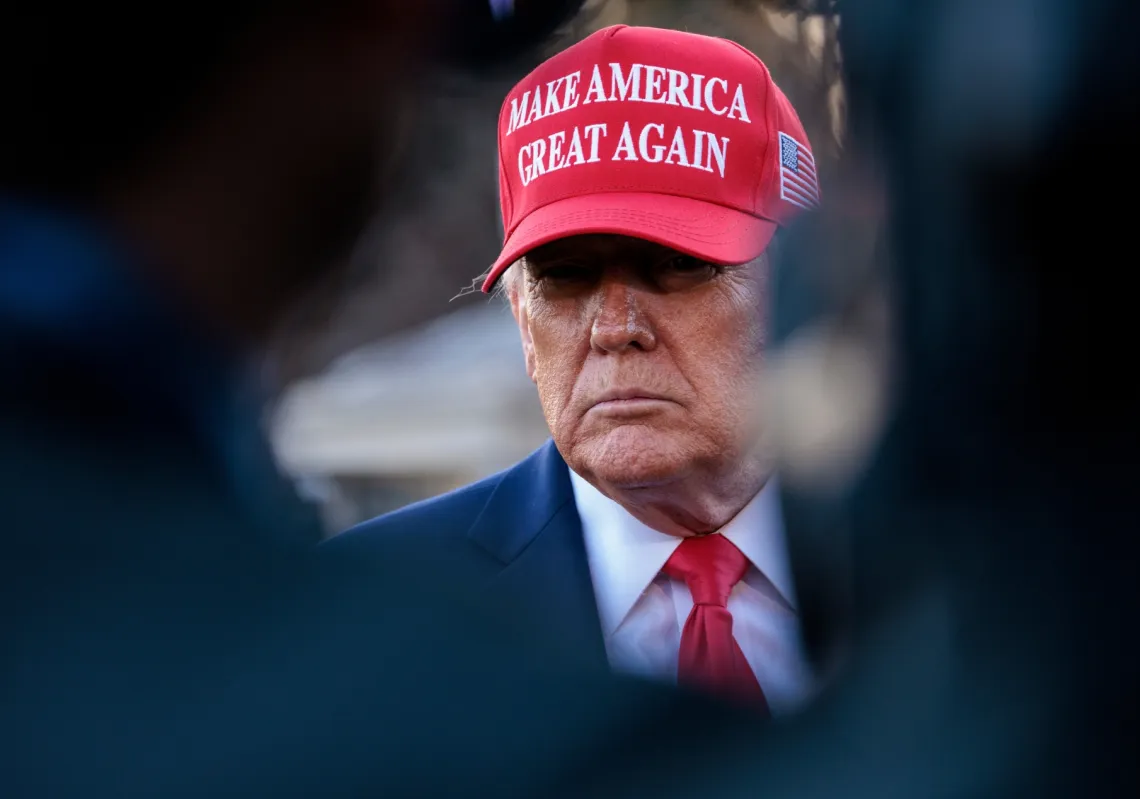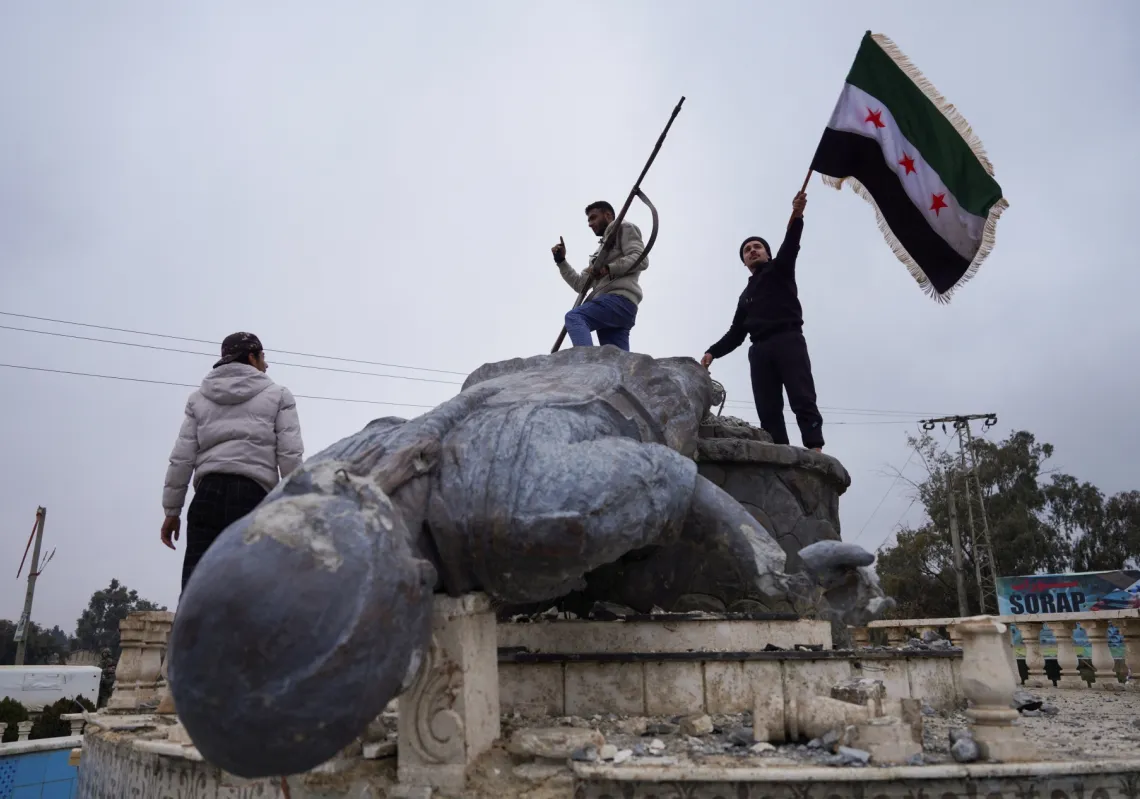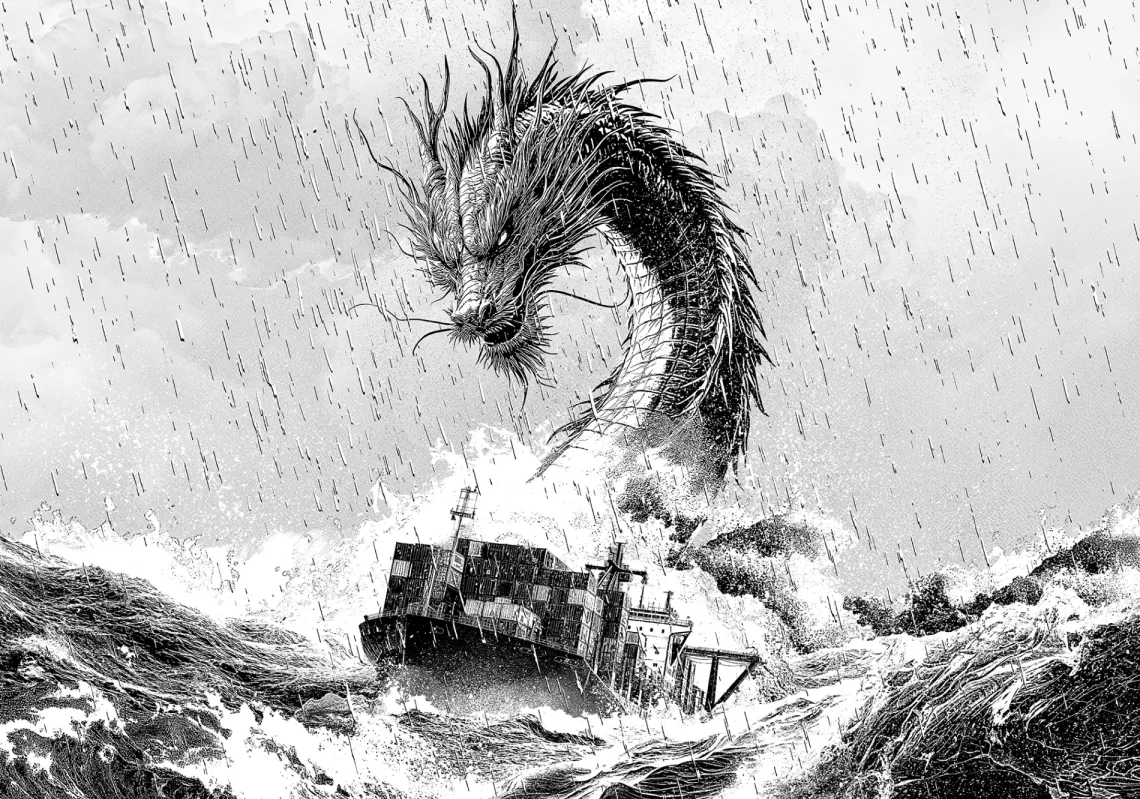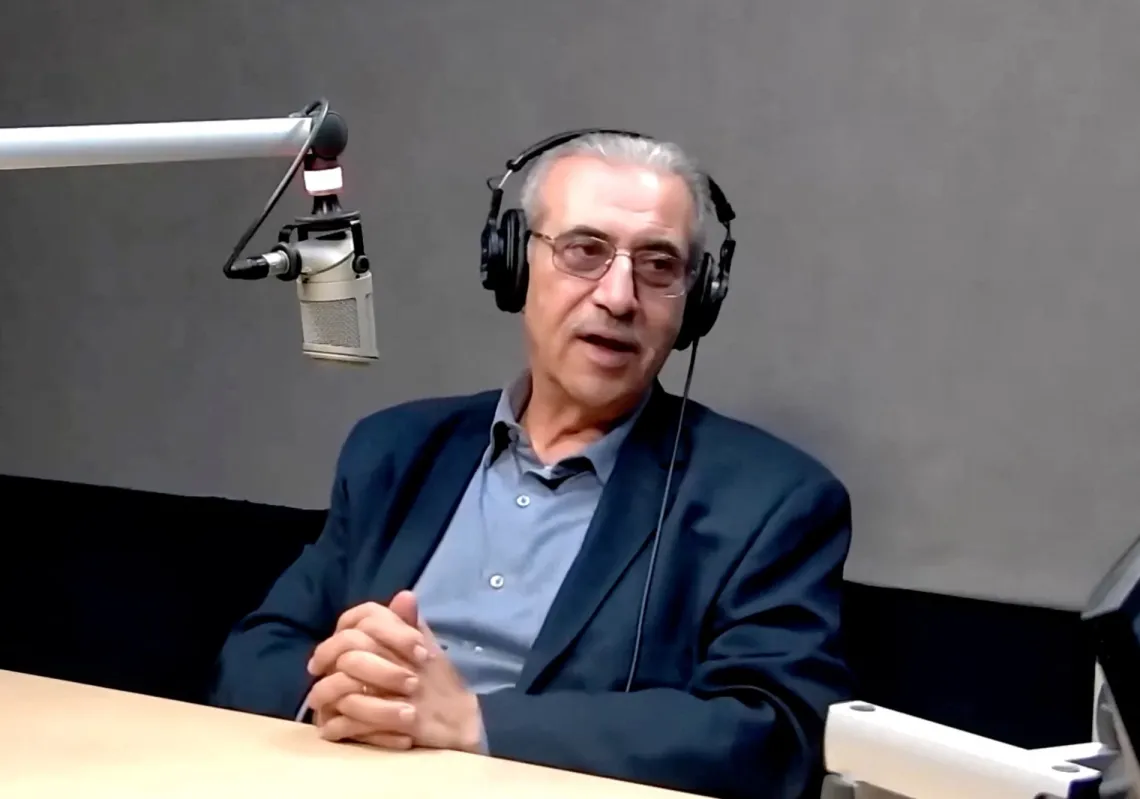This article examines maps that illustrate the distribution of foreign military bases within Syria. The analysis includes the international coalition under the leadership of the United States, as well as Russian, Turkish, Iranian, and Hezbollah forces.
The report utilised maps prepared by the Syrian Jusoor for Studies Centre, which provided a clear delineation of the geographical positions of military bases belonging to different foreign actors engaged in direct military activities within Syria.
Breakdown of foreign military sites
By the end of the first half of 2022, the number of foreign military bases and locations had reached a total of 830 sites, distributed as follows:
Iran: 570
Turkey: 125
Russia: 105
US-led coalition: 30

The breakdown of US-led coalition sites by location is as follows:
Al-Hasakah: 17
Deir ez-Zor: 9
Raqqa: 1
Rural Damascus: 1
Homs: 1
Aleppo: 1
The deployment of the international coalition in eastern Syria has hindered the ability of Russia and Iran to expand its presence there. Notably, there is a discernible Israeli presence through its persistent air strikes on Iranian bases within Syrian territory.
Agreements among different foreign powers aim to prevent direct confrontations and establish a framework for their interactions.
Iran and Russia increase their presence
A recent analysis of Syria's foreign military sites map reveals a notable increase in bases and locations for all foreign actors except Turkey and the United States, which have maintained consistent numbers of sites in unchanged positions.
The Russian military presence has slightly expanded, while Iran has seen a significant surge in both site numbers and geographical coverage, especially in the first half of 2022. This signifies the largest foreign power presence in Syria's history, underscoring the magnitude of external influence and the diminished role of Syrians in shaping their country's fate.


















